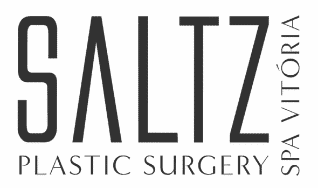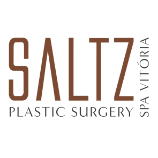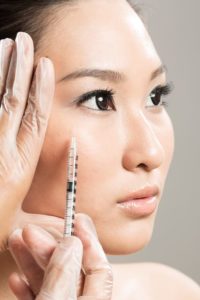
But there’s a lot more to Botox than meets the wrinkle. You may have seen the Time magazine story last year on Botox. If not here are some other things, you may not know about this popular injectable made from the botulinum toxin type A.
The origins or Botox
Most people know that Botox is based on a bacterium that causes botulism. That would be the clostridium botulinum, the organism from which Botox is derived. Interestingly enough, clostridium botulinum can be found in its inactive form all through the natural environment, including in cultivated soil and forest soil, and in the sediment of lakes, streams, coastal and untreated waters.
Medicinal Uses
You probably heard of Botox after 2002. Yes, that was the year of the Salt Lake Olympics, but it was also the year the FDA approved Botox to treat facial wrinkles on the upper third of the face. Botox was well known to the medical world long before 2002. Botox has been used medicinally for decades. Scientists long ago discovered that the botulinum toxin type A, when injected in very small amounts, could make muscles temporarily stop contracting. Once they knew that, Botox was tested for a variety of different uses. It is now used for the following therapeutic applications:
- Strabismus (crossed eyes)
- Blepharospasm (involuntary eyelid spasms)
- Idiopathic rotational cervical dystonia (severe neck and shoulder muscle spasms)
- Urinary incontinence
- Overactive bladder
- Chronic migraine headaches
- Severe primary axillary hyperhidrosis (excessive sweating)
- Post-stroke upper limb spasticity
- Hemifacial spasm.
It is also used “off-label” for:
- Allergic rhinitis
- Achalasia (esophageal problems creating difficulty swallowing)
- Sialorrhea (hypersalivation)
- Hepatopancreatic dysfunction
- Cerebral palsy
- Laryngeal dystonia (forceful contraction of the vocal cords)
- Oromandibular dystonia (forceful contraction of the jaw, face, and tongue)
More about Botox
More than six million Botox treatments are given each year, far and away the most of any cosmetic procedure of any type.
Although Botox is by far the most popular brand, the botulinum toxin is also sold commercially under these other brand names: Vistabel, Dysport, Bocouture, Xeomin, and Myobloc. At Spa Vitoria, we stick with Botox.
Now you’ve passed Botox 101! There will be a quiz next week. Do you want to put Botox to work on your crow’s feet or the 11s between your eyebrows? Call us at Spa Vitoria in our Salt Lake City office (801) 274-9500 or our Park City office (435) 655-6612 to make your appointment.
